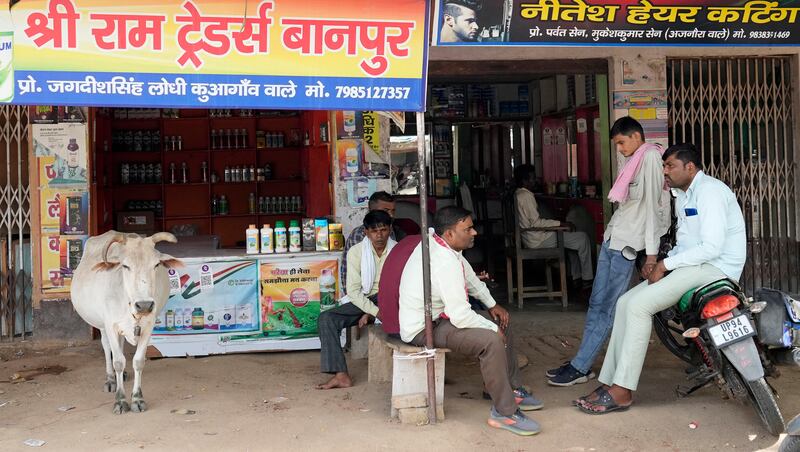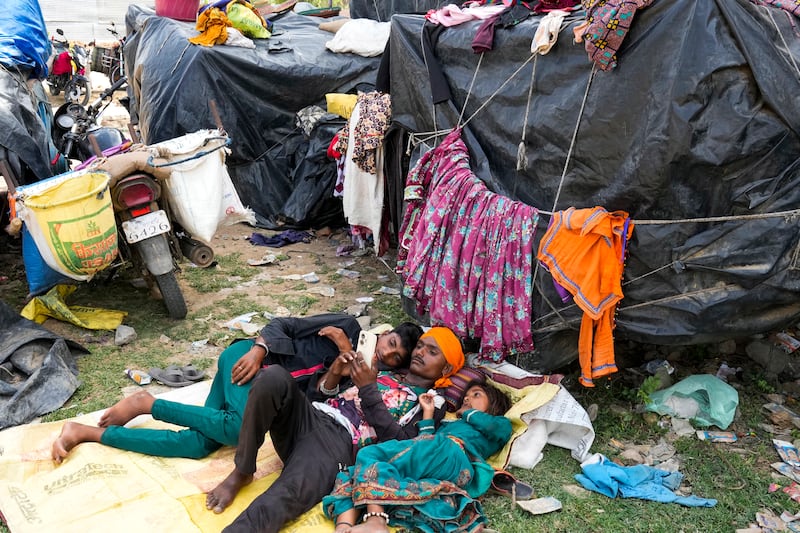Nearly 170 people have died in two of India’s most populous states over recent days as large areas of the country were hit by a heatwave, officials have said.
The deaths happened in the northern state of Uttar Pradesh and eastern Bihar where authorities warned residents aged over 60 and others suffering various vulnerabilities to stay indoors during the daytime.
In Uttar Pradesh, 119 people have died from heat-related illnesses over the last several days, while in neighbouring Bihar state, 47 people have died, according to local news reports and health officials.

Authorities said that most of those who had died were over 60 years old and had pre-existing health conditions, which may have been exacerbated by the intense heat.
SK Yadav, a medical officer in Ballia, said some 300 patients had been admitted to the district hospital for various ailments aggravated by heat over the past three days.
Authorities had cancelled leave applications for medical personnel in Ballia and provided additional hospital beds in the emergency ward to accommodate the influx of patients.
Officials said most of the patients admitted were, exhibiting symptoms of high fever, vomiting, diarrhoea, breathing difficulties and heart-related issues.
RS Pathak, a resident of Ballia whose father died on Saturday, said he had witnessed an increased flow of patients at the hospital’s emergency ward while attending to his father.
“This has never happened in Ballia. I have never seen people dying because of the heat in such large numbers,” he said. “People fear venturing out. The roads and markets are largely deserted.”
Ballia, along with central and eastern Uttar Pradesh, is currently grappling with oppressive heat.

On Sunday, the district experienced a maximum temperature of 43 degrees Celsius, surpassing the normal range by five degrees.
The state’s health minister, Brijesh Pathak, said he had opened an investigation into the cause of the deaths of “so many people” in Ballia.

In eastern Bihar, scorching heat has engulfed most of the state, leading to 42 deaths in the past two days.
Among the fatalities, 35 occurred at two hospitals in the state capital of Patna where over 200 patients suffering from diarrhoea and vomiting were being treated.
Patna recorded a maximum temperature of 44.7 degrees on Saturday.
The main summer months — April, May and June — are generally the hottest in most of India, before monsoon rains bring in cooler temperatures. But temperatures have become more intense in the past decade.
During heatwaves, the country usually suffers severe water shortages, with tens of millions of its 1.4 billion people lacking running water.
A study by World Weather Attribution, an academic group that examines the source of extreme heat, found that a heatwave in April that struck parts of South Asia was made at least 30 times more likely by climate change.
In April, the heat caused the death of 13 people at a government event in India’s financial capital of Mumbai and prompted some states to close all schools for a week. - AP








